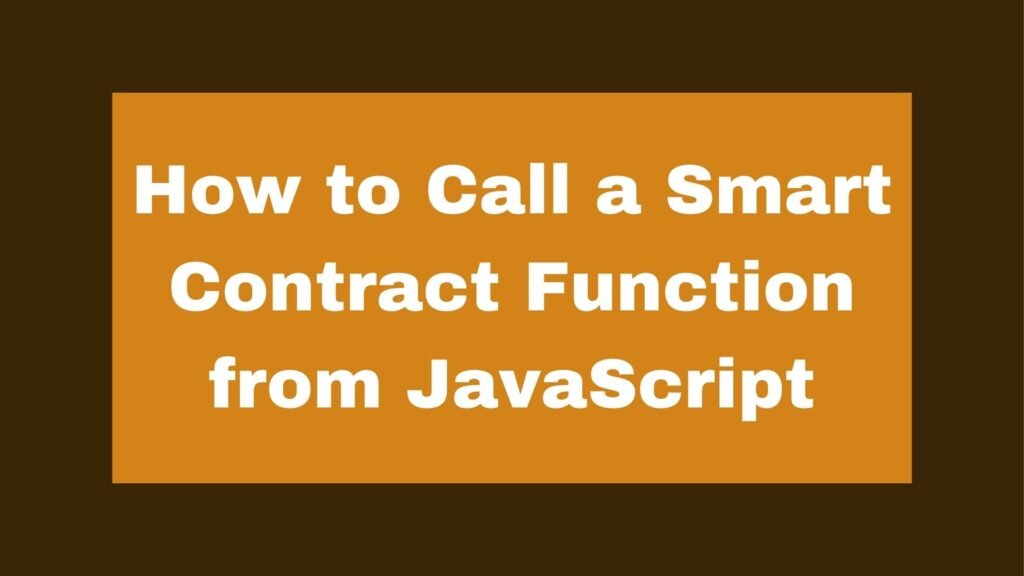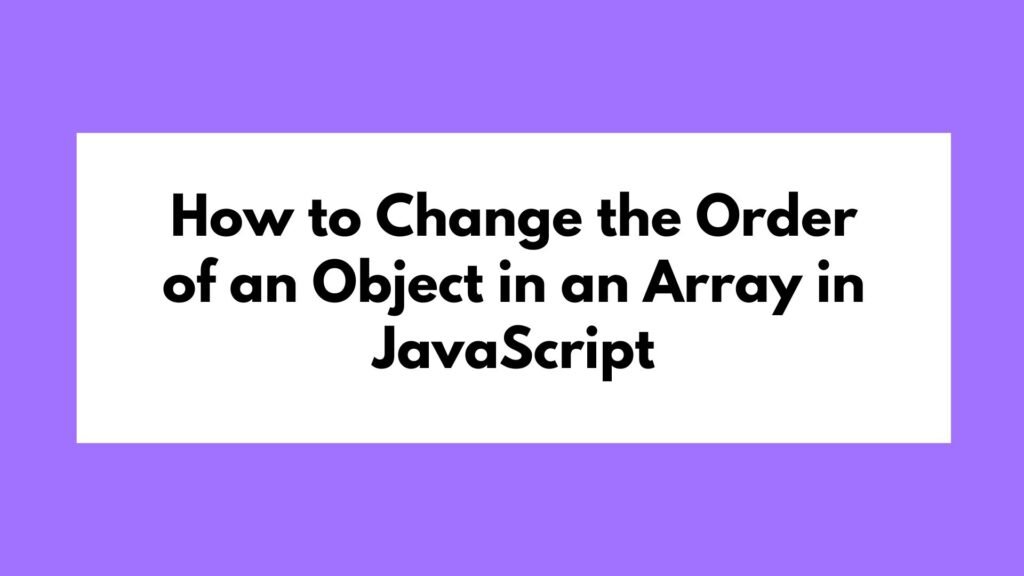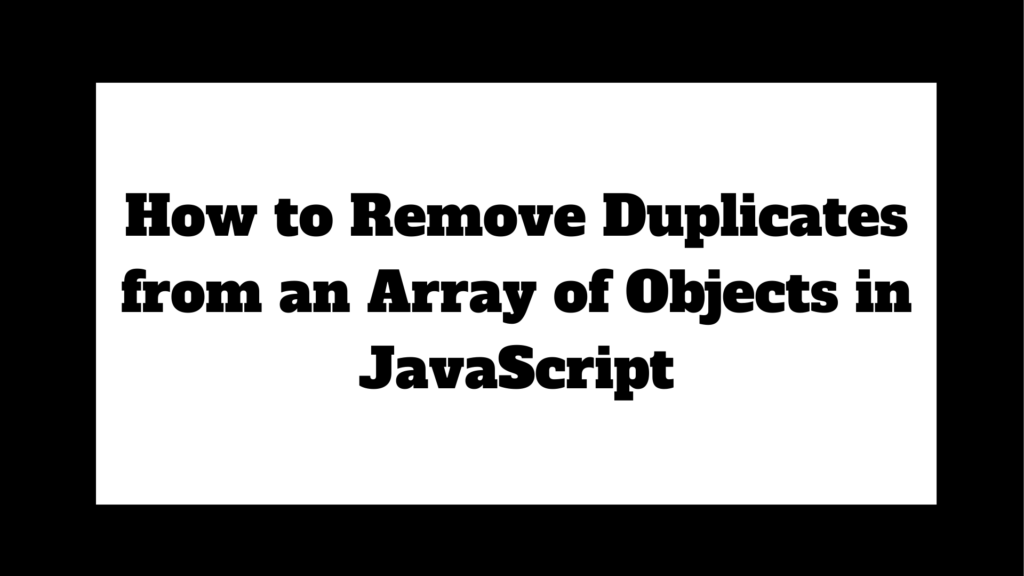
Interacting with smart contracts using JavaScript is a critical aspect of blockchain development. This guide explains how to call smart contract functions from JavaScript using popular libraries like Web3.js and Ethers.js.
const Web3 = require('web3');
const web3 = new Web3(Web3.givenProvider || 'http://localhost:8545');
const contractABI = [/* ABI goes here */];
const contractAddress = '0xYourContractAddress';
const contract = new web3.eth.Contract(contractABI, contractAddress);
contract.methods.yourFunctionName().call()
.then(result => console.log(result))
.catch(error => console.error(error));
To call a smart contract function from JavaScript, you’ll need a web3 provider (like MetaMask), Web3.js or Ethers.js library, and the contract’s ABI and address. Here’s a quick example using Web3.js:
Methods on How to Call a Smart Contract Function from JavaScript
Smart contracts, running on blockchain platforms like Ethereum, are self-executing contracts with the terms directly written into code. To interact with these contracts from JavaScript, you typically use libraries like Web3.js or Ethers.js. This guide will walk you through the process of setting up your environment, connecting to the Ethereum network, and calling functions on a smart contract.
Setting Up the Environment
Before you can call a smart contract function, you need to set up your environment by installing the necessary libraries.
Example: Installing Web3.js or Ethers.js
You can install Web3.js or Ethers.js via npm:
npm install web3 ethers
These libraries provide the tools needed to interact with Ethereum smart contracts.
Connecting to the Ethereum Network
To interact with a smart contract, you need to connect to an Ethereum node. You can use a local node, a hosted service like Infura, or connect through MetaMask.
Example: Connecting with Web3.js
const Web3 = require('web3');
const web3 = new Web3(Web3.givenProvider || 'https://mainnet.infura.io/v3/YOUR_INFURA_PROJECT_ID');
Explanation:
Web3.givenProvider: Automatically connects to the provider injected by MetaMask.https://mainnet.infura.io/v3/YOUR_INFURA_PROJECT_ID: Connects to the Ethereum mainnet via Infura.
Interacting with the Smart Contract
Once connected to the network, you can interact with the smart contract. You’ll need the contract’s ABI (Application Binary Interface) and address.
Example: Reading Data from a Smart Contract
const contractABI = [/* ABI goes here */];
const contractAddress = '0xYourContractAddress';
const contract = new web3.eth.Contract(contractABI, contractAddress);
contract.methods.yourFunctionName().call()
.then(result => console.log(result))
.catch(error => console.error(error));
Explanation:
contractABI: The ABI defines the interface for interacting with the smart contract.contractAddress: The address where the smart contract is deployed.yourFunctionName: The name of the function you want to call.
Example: Sending Transactions to a Smart Contract
If the function modifies the blockchain state, you’ll need to send a transaction:
web3.eth.getAccounts().then(accounts => {
contract.methods.yourFunctionName(parameters).send({ from: accounts[0] })
.then(receipt => console.log(receipt))
.catch(error => console.error(error));
});
Explanation:
getAccounts(): Retrieves the list of accounts from the provider.send(): Sends a transaction to the smart contract function.
Using Ethers.js for Interactions
Ethers.js is another popular library for interacting with Ethereum, known for its simplicity and ease of use.
Example: Calling a Function with Ethers.js
const { ethers } = require('ethers');
const provider = new ethers.providers.Web3Provider(window.ethereum);
const contract = new ethers.Contract(contractAddress, contractABI, provider);
contract.yourFunctionName()
.then(result => console.log(result))
.catch(error => console.error(error));
Explanation:
ethers.providers.Web3Provider: Connects to the Ethereum network via MetaMask.ethers.Contract: Creates an instance of the smart contract.
Conclusion
Calling a smart contract function from JavaScript is a fundamental task in blockchain development. Whether you’re using Web3.js or Ethers.js, understanding how to connect to the network, interact with the contract, and handle the results is crucial. By mastering these techniques, you can effectively build decentralized applications and interact with blockchain-based systems.


